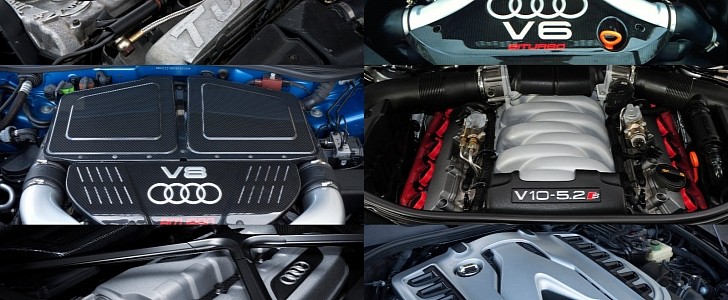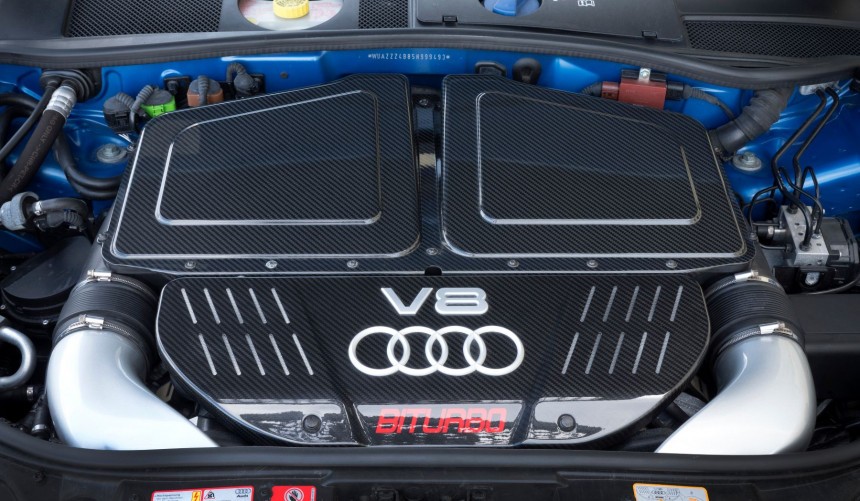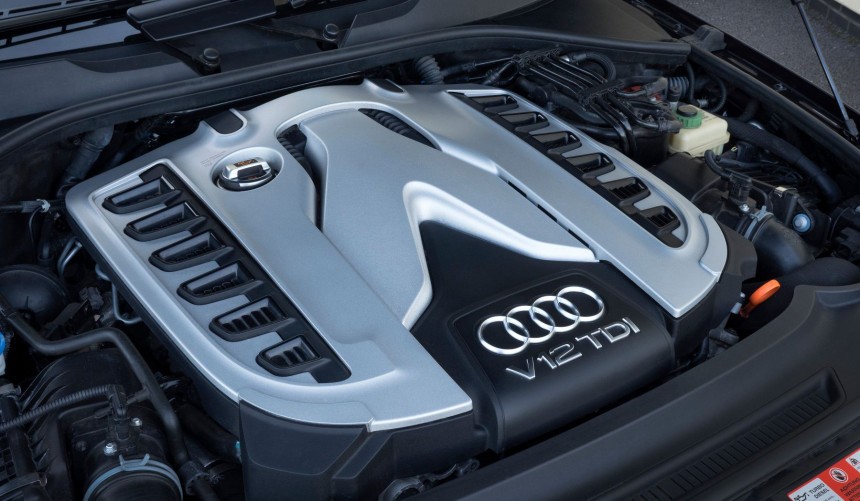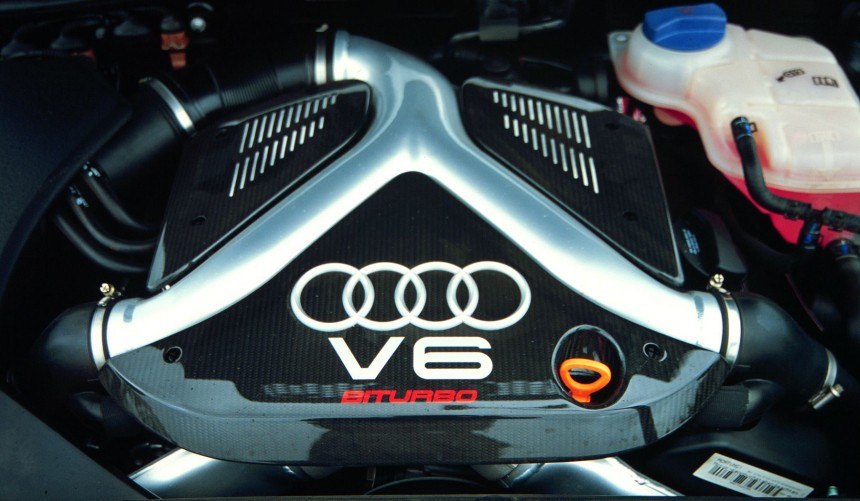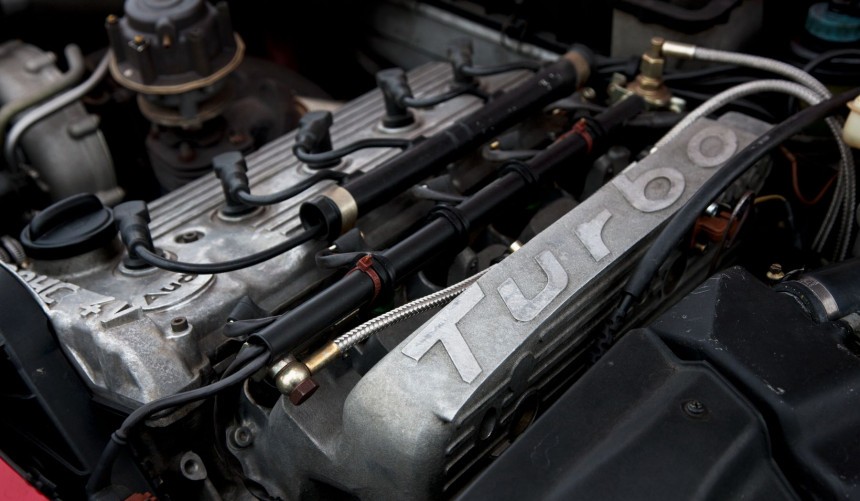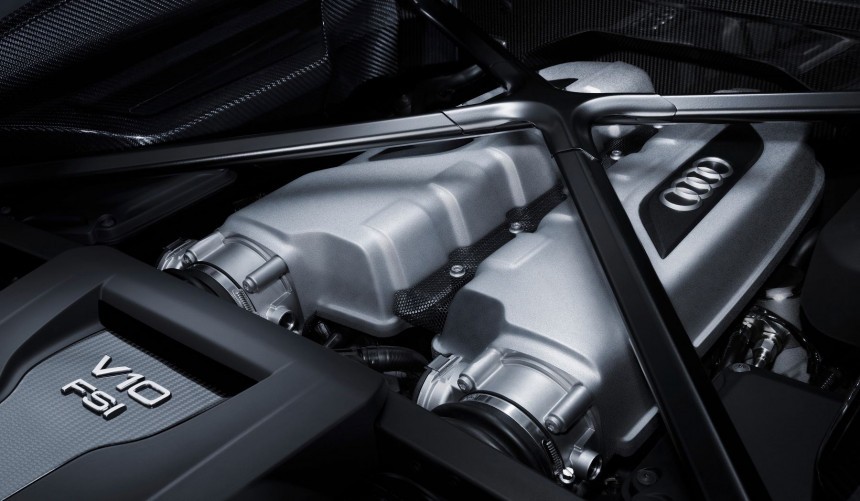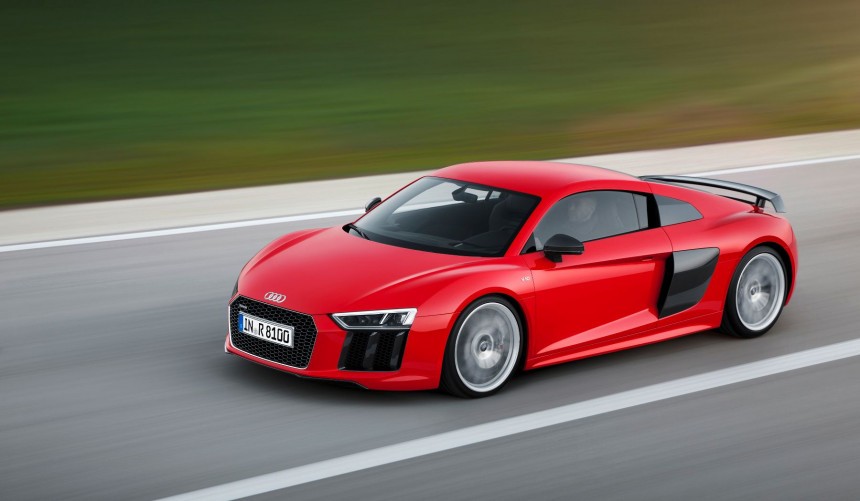Audi AG chairman Markus Duesmann stated that the company will cease the development of new internal combustion engines in a recent interview. While the news isn’t surprising, it’s undoubtedly sad, especially for die-hard gearheads.
Unless you have been living under a rock for the last decade, you’re well aware that ICEs are slowly but surely phasing out. Many manufacturers that gave us some breathtaking engines throughout the years have switched their focus to zero-emission alternatives, mainly battery-electric ones.
Among them is Audi, which plans to release twelve EV models by 2025 under its already popular e-tron brand.
The company’s chairman recently stated that the development of entirely new ICEs had been halted, mainly due to the insanely strict Euro 7 emission standards set to come into force across the EU from 2025.
Since the boss didn’t elaborate on the subject, it’s unclear what this means for Audi’s current engines, but one thing’s for sure: their days are numbered.
So, grab some popcorn and a box of tissues as we take a trip down memory lane to take a look at some of the best engines ever produced by the Ingolstadt-based automaker.
In 1999, Audi launched the second-generation S6 performance model which was powered by a new all-aluminum alloy 4.2-liter, 40-valve naturally aspirated V8 rated at 340 PS (335 hp).
Three years later, the first RS 6 followed, and since engineers needed more power, they took that V8 and slapped two parallel turbochargers on it.
They also enlarged and modified the intake and exhaust ports, fitted new induction and dual branch exhaust systems, re-calibrated the engine control unit, upgraded the cooling system, and finished it off with some gorgeous carbon fiber engine covers.
The result was 450 PS (444 hp) of pure power on the standard RS 6 and 30-hp more on the limited-edition RS 6 Plus. Apart from the power, it also gained respect for its reliability and remains one of the best mass-produced V8s ever built by Audi.
Before the Dieselgate scandal, most Volkswagen Group’s brands were heavily focused on developing diesel engines.
Arguably the wildest of them all was the massive 6.0-liter, 48-valve turbodiesel V12, which was part of the engine lineup for Audi’s first SUV, the Q7.
The only diesel-powered V12 ever fitted on a passenger car, it produced 500 PS (493 hp) and a mid-blowing 737 lb-ft (1,000 Nm) of torque.
Audi intended to bring the Q7 V12 TDI to the U.S. but partially due to the global financial crisis of 2008, it canceled that plan, and only European customers got to enjoy the model.
Powering the second-generation S4, this mighty V6 used two parallel BorgWarner K03-series turbochargers aided by side-mounted air-to-air intercoolers.
It "only" produced 275 hp in stock form but it was so well built that it could be turned into a fire-spitting monster with a few modifications, making it a cult hero among European tuners.
The unit was beefed up by Audi engineers for the RS 4, increasing its power to 380 PS (375 hp), but with the right tuning and aftermarket parts, the S4 version could produce a whole lot more. Many mad gearheads out there managed to push the small V6 well over the 1,000 hp threshold.
Driven by the ambition to dominate the FIA Group B rally championship in the early 1980s, Audi engineers led by Dr. Fritz Indra took the innovative inline five-cylinder engine and turned it into a mechanical work of art.
It powered the limited-edition Sport Quattro production version and its legendary racing counterpart, a car that obliterated its competition and fundamentally changed the rally world.
It featured an alloy engine block and a 20-valve cylinder head, along with a huge KKK turbocharger. This led to an output of 306 PS (302 hp), an astonishing value for that era, especially for such a small displacement engine. To put it into perspective, the Ferrari Testarossa’s 4.9-liter flat-12 made only 79 more horsepower.
In various, less-powerful forms, this engine was used until 1997, but the concept of a turbocharged straight-five was brought back to life by Audi Sport engineers in 2009 who built an all-new 2.5-liter unit for their high-performance models. The engine is still being used on beasts such as the TT RS, RS 3, and Q3 RS.
A first for the German automaker, the V10 uses the same fundamental design principles as the smaller 4.2-liter 40-valve V8 first used in the original Q7 and borrows the Fuel Stratified Injection (FSI) technology from the Audi R8 LMP endurance race cars.
Initially, the naturally aspirated unit was used on the S6 and S8 performance models launched in 2006. It was capable of developing 435 PS (429 hp) and 450 PS (444 hp), respectively.
In 2009 Audi revealed the R8 V10, which featured a mid-mounted, modified version of this engine. Fundamentally identical to the unit used on the S6 and S8, it was fitted with a stronger crankshaft, forged pistons, a dry-sump lubrication system, redesigned intake and exhaust valves, and updated management systems.
It made 525 PS (517 hp) on the first generation R8 V10, gained 8 hp on the current, second generation, and another 30 hp with the 2018 facelift.
On the R8 GT, the power was pushed to 560 PS (552 hp) and on the R8 V10 Plus, it got even more capable, with 610 PS (602 hp) on tap. Audi engineers weren’t done with boosting its performance and since 2018, the engine makes 620 PS (612 hp) on the facelifted R8 Coupe Performance quattro.
This engine was also used on the second-gen Lamborghini Gallardo LP 560-4 (552 hp), Huracan LP 610-4 (602 hp), and LP 640-4 Performante (631 hp).
It’s arguably the most epic powerplant developed by Audi because of its power potential and versatility. It’s considered the pinnacle of Audi engine development, and if the automaker’s decision to stop further development of new ICEs stands, it will go down in history as the most powerful it has ever created.
Among them is Audi, which plans to release twelve EV models by 2025 under its already popular e-tron brand.
The company’s chairman recently stated that the development of entirely new ICEs had been halted, mainly due to the insanely strict Euro 7 emission standards set to come into force across the EU from 2025.
Since the boss didn’t elaborate on the subject, it’s unclear what this means for Audi’s current engines, but one thing’s for sure: their days are numbered.
So, grab some popcorn and a box of tissues as we take a trip down memory lane to take a look at some of the best engines ever produced by the Ingolstadt-based automaker.
4.2-liter V8 Biturbo: 2002-2004 RS6
Three years later, the first RS 6 followed, and since engineers needed more power, they took that V8 and slapped two parallel turbochargers on it.
They also enlarged and modified the intake and exhaust ports, fitted new induction and dual branch exhaust systems, re-calibrated the engine control unit, upgraded the cooling system, and finished it off with some gorgeous carbon fiber engine covers.
The result was 450 PS (444 hp) of pure power on the standard RS 6 and 30-hp more on the limited-edition RS 6 Plus. Apart from the power, it also gained respect for its reliability and remains one of the best mass-produced V8s ever built by Audi.
6.0-liter Turbodiesel V12: 2008-2012 Q7 V12 TDI
Arguably the wildest of them all was the massive 6.0-liter, 48-valve turbodiesel V12, which was part of the engine lineup for Audi’s first SUV, the Q7.
The only diesel-powered V12 ever fitted on a passenger car, it produced 500 PS (493 hp) and a mid-blowing 737 lb-ft (1,000 Nm) of torque.
Audi intended to bring the Q7 V12 TDI to the U.S. but partially due to the global financial crisis of 2008, it canceled that plan, and only European customers got to enjoy the model.
2.7 V6 Biturbo: 1997-2002 S4; 1999-2000 RS 4
It "only" produced 275 hp in stock form but it was so well built that it could be turned into a fire-spitting monster with a few modifications, making it a cult hero among European tuners.
The unit was beefed up by Audi engineers for the RS 4, increasing its power to 380 PS (375 hp), but with the right tuning and aftermarket parts, the S4 version could produce a whole lot more. Many mad gearheads out there managed to push the small V6 well over the 1,000 hp threshold.
2.2-liter R5 20v Turbo: Sport Quattro 1984-1987
It powered the limited-edition Sport Quattro production version and its legendary racing counterpart, a car that obliterated its competition and fundamentally changed the rally world.
It featured an alloy engine block and a 20-valve cylinder head, along with a huge KKK turbocharger. This led to an output of 306 PS (302 hp), an astonishing value for that era, especially for such a small displacement engine. To put it into perspective, the Ferrari Testarossa’s 4.9-liter flat-12 made only 79 more horsepower.
In various, less-powerful forms, this engine was used until 1997, but the concept of a turbocharged straight-five was brought back to life by Audi Sport engineers in 2009 who built an all-new 2.5-liter unit for their high-performance models. The engine is still being used on beasts such as the TT RS, RS 3, and Q3 RS.
5.2L V10 FSI: 2006-2011 S6; 2006-2010 S8; 2009-present R8
Initially, the naturally aspirated unit was used on the S6 and S8 performance models launched in 2006. It was capable of developing 435 PS (429 hp) and 450 PS (444 hp), respectively.
In 2009 Audi revealed the R8 V10, which featured a mid-mounted, modified version of this engine. Fundamentally identical to the unit used on the S6 and S8, it was fitted with a stronger crankshaft, forged pistons, a dry-sump lubrication system, redesigned intake and exhaust valves, and updated management systems.
It made 525 PS (517 hp) on the first generation R8 V10, gained 8 hp on the current, second generation, and another 30 hp with the 2018 facelift.
This engine was also used on the second-gen Lamborghini Gallardo LP 560-4 (552 hp), Huracan LP 610-4 (602 hp), and LP 640-4 Performante (631 hp).
It’s arguably the most epic powerplant developed by Audi because of its power potential and versatility. It’s considered the pinnacle of Audi engine development, and if the automaker’s decision to stop further development of new ICEs stands, it will go down in history as the most powerful it has ever created.
